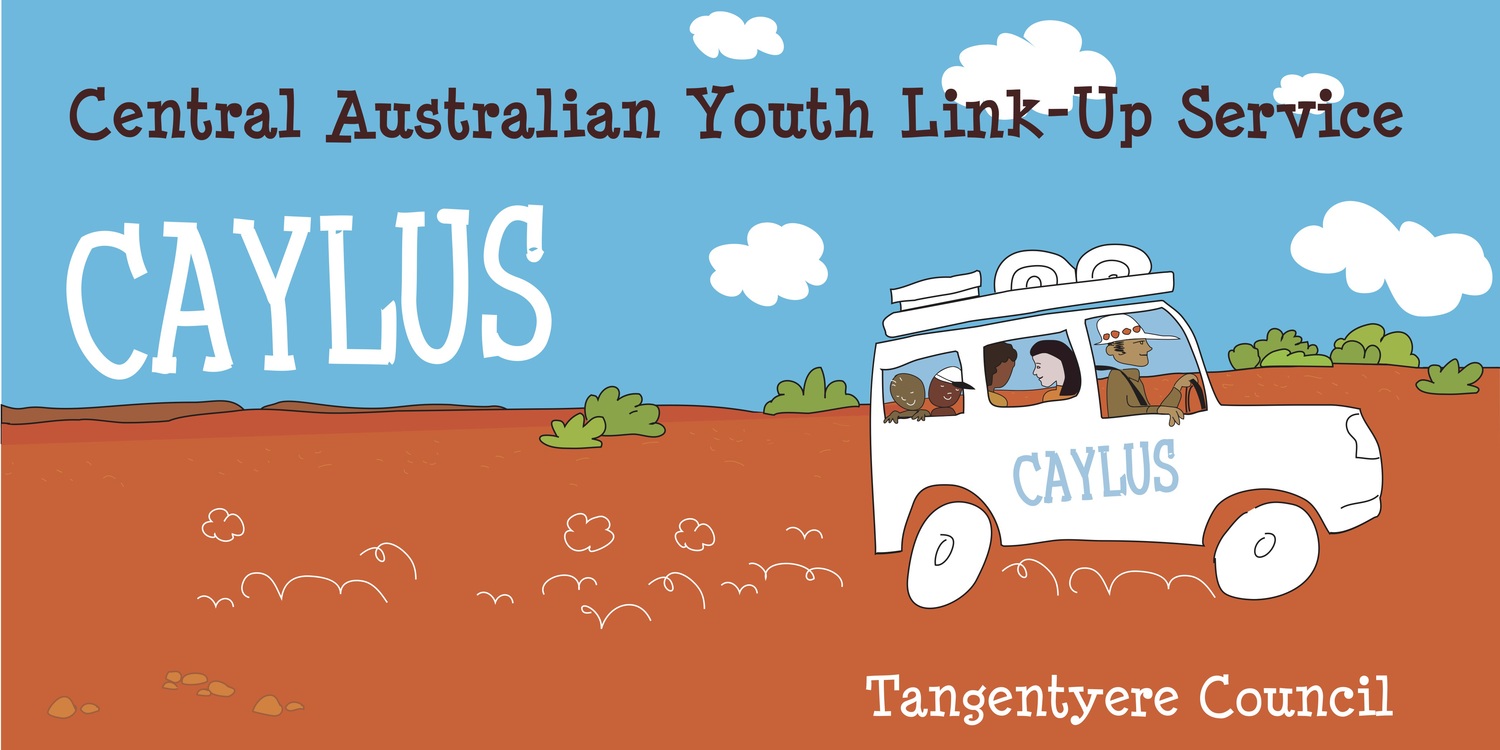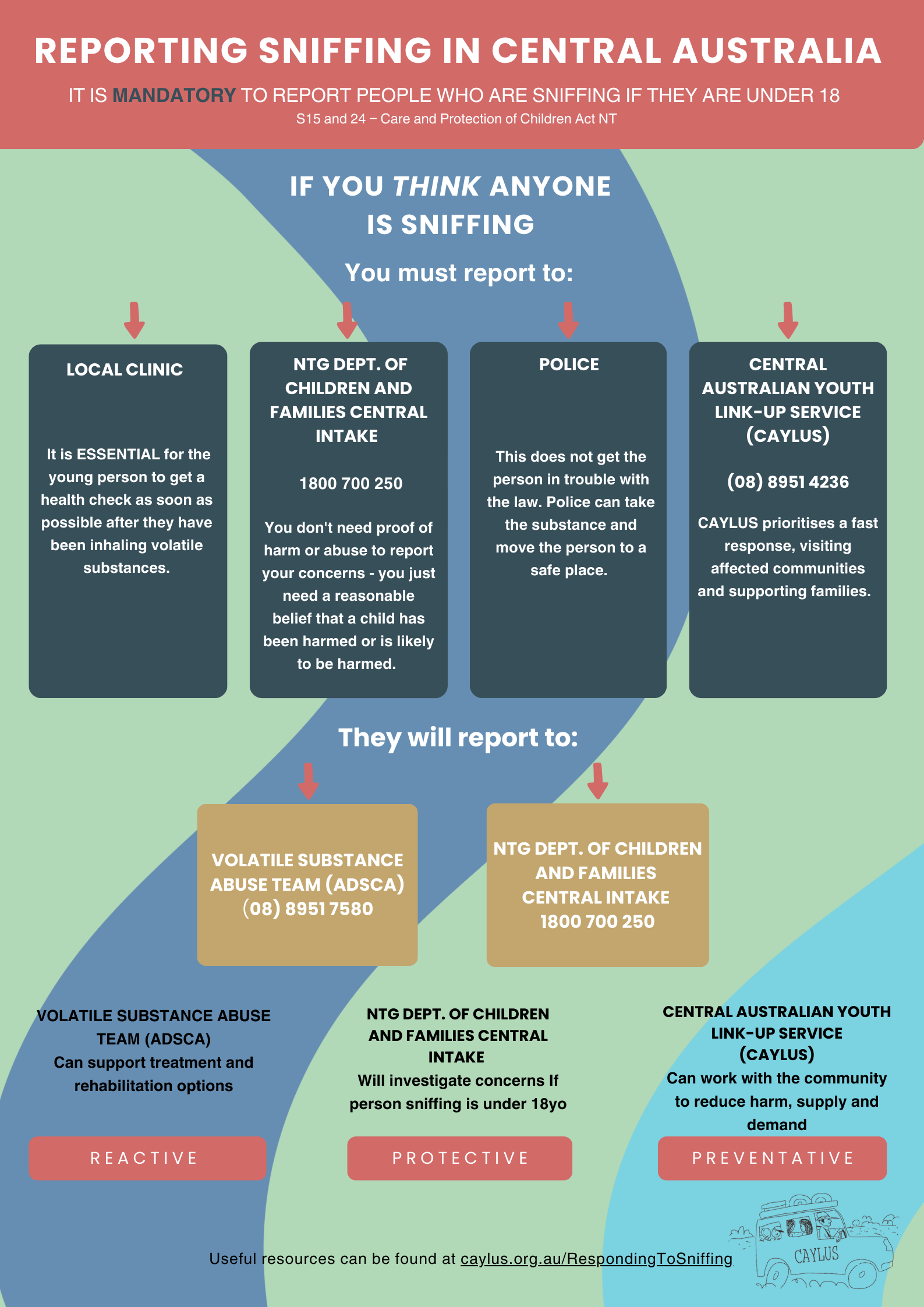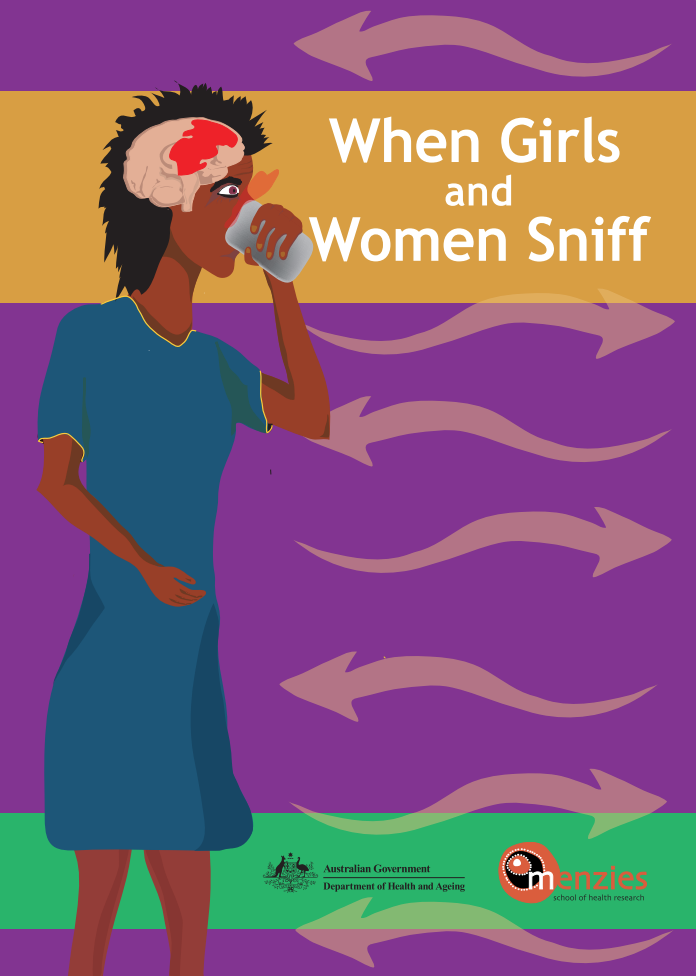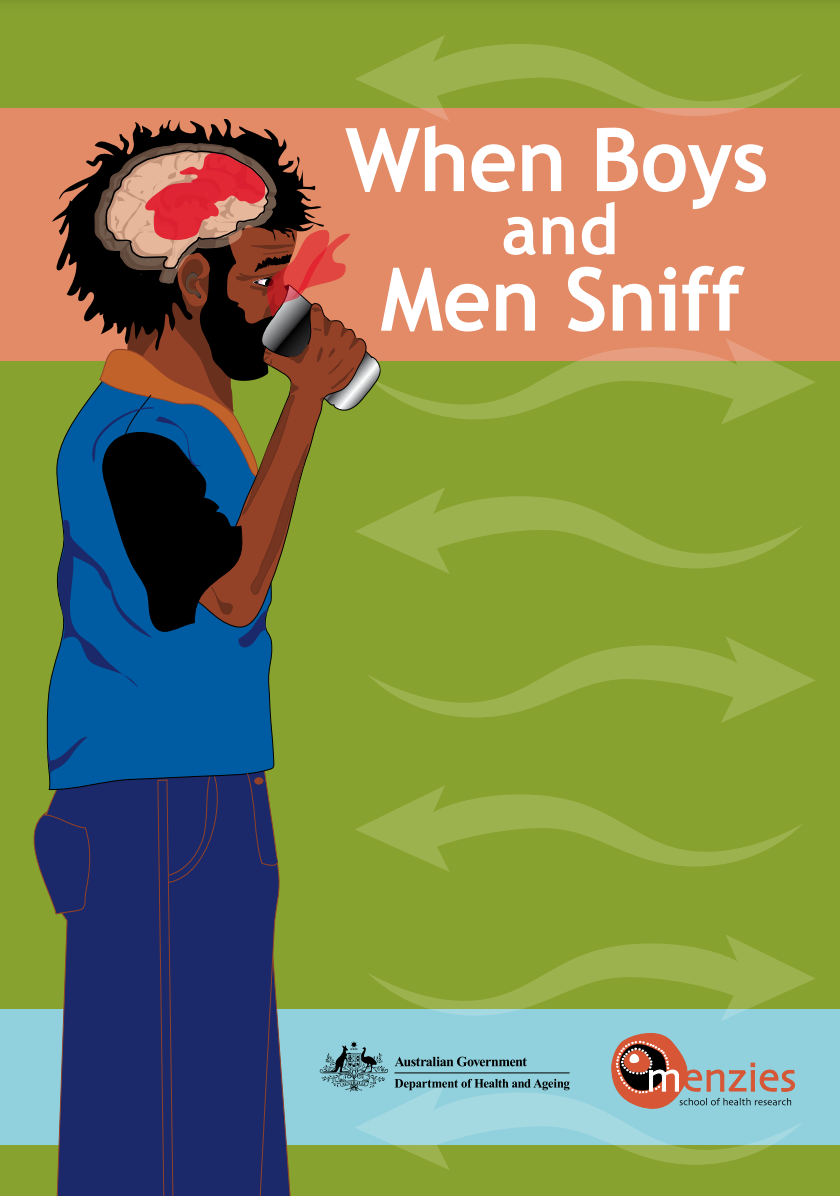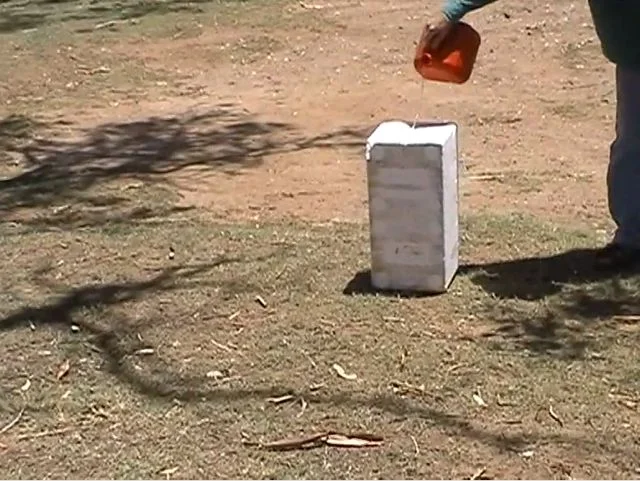Step 1 - What you need to do now
In the NT it is mandatory to report people who are sniffing If they are under the age of 18
Try to find out three things:
Who was involved Including ages.
What substance was sniffed If possible locate, photograph and discard of sniffed substance and container responsibly.
Where the substance came from.
We aim to always approach sniffing incidents with compassion and to be helpful, never blaming or getting young people into trouble. We also work to ensure inclusive practice, deescalating possible situations where the youth at risk gets in trouble with family, youth program, school or police etc. and subsequently excluded.
Never chase anyone who you think has been sniffing, this can be dangerous for the person’s health.
Talking About Sniffing
CAYLUS guidelines for how to approach a young person and their family, what info you need to find out, and what sort of help is available.
Harm Reduction
Strategies to help keep people who are sniffing as healthy and safe as possible and to help equip anyone caring for someone engaging in sniffing.
Effects of Sniffing
Brain Story A resource using Central Australian iconography, designed for use in Aboriginal Communities in Central Australia. It illustrates the potential brain damage caused by sniffing, and disruption that can be caused to family relationships, connection to country etc.
Flip the resources and tell it from the end to the beginning, as guide to helping people who are damaged by sniffing to recover, potentially a story of hope and motivation to people and families affected by sniffing.
Menzies flip charts to raise awareness of the adverse effects of petrol sniffing. Sniffing and the Brain, When Girls and Women Sniff and When Boys and Men Sniff.
This video shows the effect of pouring standard unleaded petrol over a foam box. Sometimes we have used this as a way of demonstrating how toxic petrol is, if you sniff it your brain is like the foam box.
Note: We only recommend using this demonstration with clients/ families where petrol sniffing is an existing issue.
Step 2 - How to support the young person and their family
Youth Programs and Harm Minimisation
If there is sniffing happening in your community, CAYLUS suggests having a meeting with the team of youth workers to discuss
Youth programs and harm minimisation and harm reduction strategies.
Print and share this poster with the local school, store, clinic, rec hall and other appropriate places. This is part of a harm minimisation strategy, encouraging alternatives to the highly flammable, toxin filled aerosol products like deodorants.
Download Roll On poster here.
Rehab Options and Logistics
CAYLUS and ADSCA will work together and can support the family and the young person, with referrals, enrolment, transport, as well as essential items and needs.
Contact CAYLUS (08) 89 51 42 36 to discuss rehab options on a case by case basis.
CAAPS is located just outside of Darwin, for young people between 12-25 years of age.
This fun short film Viva Deadly Clever Program is a great watch for young people and their families when thinking about the possibility of going to rehab.
CAAPS FAQs is a good place to start when thinking about this rehab option.
BushMob is located in Alice Springs, and is for young people aged 12-25 years old. Check out this short video to get an idea of what BushMob looks like and what young people get to do there.
BushMob ‘For Young People’ is a good place to start when thinking about this rehab option.
CAAAPU is located on a 5 acre property on the outskirts of Alice Springs, and is an option for persons over the age of 18.
Youth Program support whilst at Rehab
Youth workers can be a vital link between families and a rehab service. Supporting families with access to a phone, or organising video calls so they can keep in touch, and speak to rehab staff, advocating for any specific needs of the young person.
Step 3 - Long term support
Alongside supply reduction, the presence of local, regular and consistent youth programs have been a vital part of addressing sniffing in Central Australia. See the Additional Resources below for the work that has been done over the years to ensure safer communities for young people in Central Australia.
CAYLUS can provide case work support to individuals who suffer from long term and families in Central Australia .
Additional resources
The National Drug & Alcohol Research Centre (NDARC) is a good source of up to date information about the health effects of Inhalants, treatment and support options and recent research. The content here will be of use to families, teachers, alcohol and other drug (AOD) workers and other professionals assisting users of inhalants.
Volatile Substance Misuse- A Review of Interventions 2008 by Peter d'Abbs and Sarah McLean is an excellent source of information about the various ways communities, governments, families and other stakeholders have tried to reduce the damage caused by sniffing. The paper looks at the strengths and weaknesses of various approaches, in a variety of contexts including remote Indigenous Communities.
The Northern Territory Volatile Substance Abuse Prevention Act 2005 provides a range of powers to families, police and health service agencies to help individuals, families and communities deal with sniffing.
This VSAP ACT Fact Sheet contains information about the key powers of the act and how to use these.
One useful aspect of the NTVSAP Act is that it enables remote communities to become "Management Areas' and designate specific controls, rules and regulations around the use of volatile substances. A full list of NT Management Areas and details of the controls that they have put in place.
This CAYLUS discussion paper outlines the potential for and implications of implementing similar laws in other states.
Opal Low Aromatic Fuel (LAF) has been in use in Central Australia Since 2006. It has proven a very effective tool and had been linked to a significant reduction in prevalence of sniffing. This Opal Fuel Factsheet provides some good information about it's use, and dispels myths.
